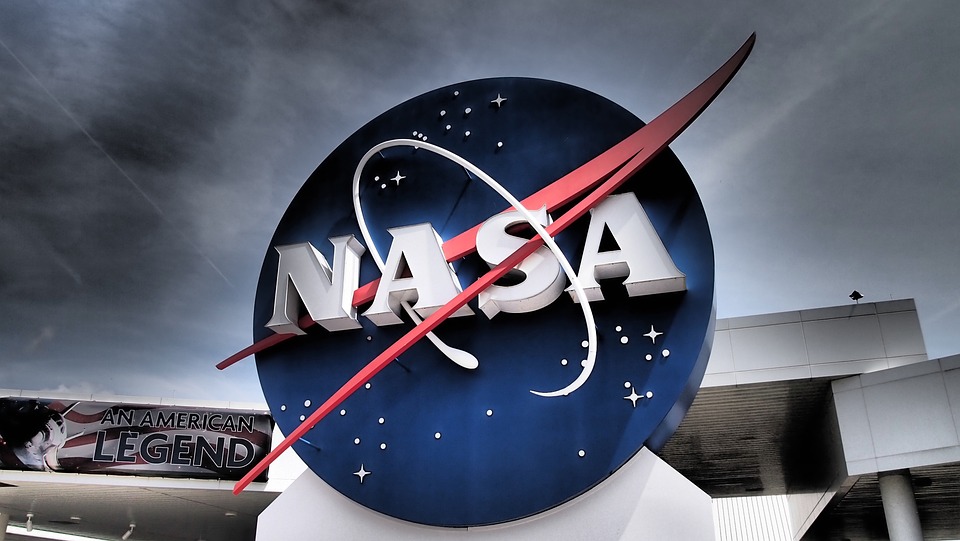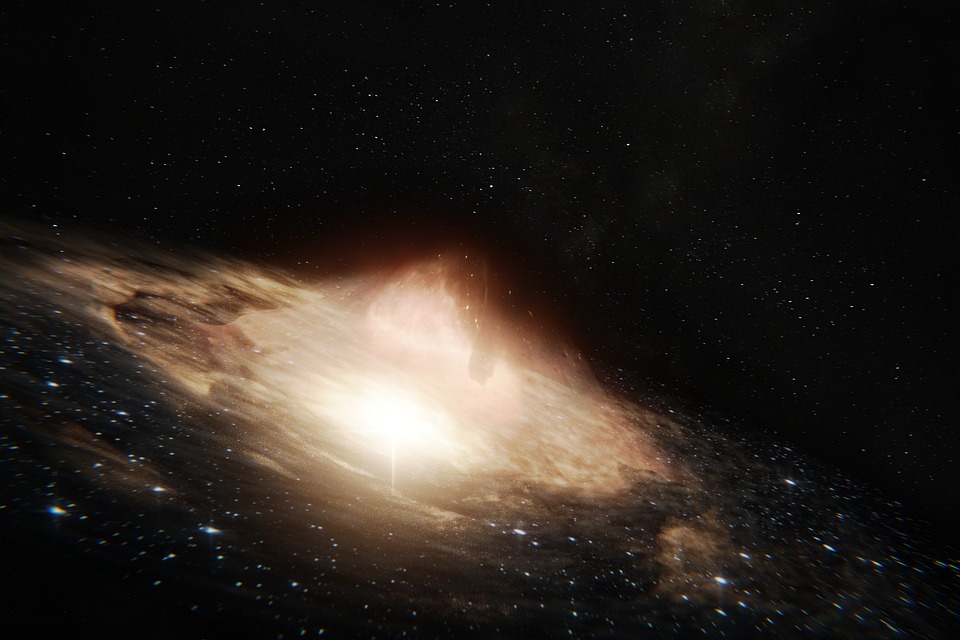
Top 6 NASA Inventions That Changed Our Lives Forever
From Space Exploration to Earthly Applications
NASA is known for its groundbreaking work in space exploration, but many people don’t realize just how many everyday inventions have come out of NASA research. From water filtration to medical imaging technology, NASA’s innovations have impacted almost every aspect of our lives. In this blog, we’ll take a look at some of the top NASA inventions that have changed our lives forever.
1) Memory Foam
Memory foam is a popular bedding and furniture material that NASA invented in the 1960s. Initially developed for use in airplane seats to improve safety during crashes, memory foam quickly found its way into consumer products like mattresses, pillows, and even shoe insoles. Memory foam is known for its ability to conform to the shape of the user’s body, providing support and reducing pressure points. Today, memory foam is used in everything from furniture to medical equipment, and its widespread popularity is thanks to NASA’s initial invention.
2) Water Filtration
NASA’s space missions often require long-term water filtration systems to ensure that astronauts have a reliable source of clean water. In the 1990s, NASA scientists developed a water filtration system using silver ions and activated carbon to remove impurities from water. This technology was then adapted for use in water filters for Earth-based applications, providing clean drinking water to millions worldwide. The technology is now widely used in developing countries, from household water filters to large-scale filtration systems.

3) CAT Scans
CAT (computerized axial tomography) scans are a common diagnostic tool used in medical imaging. NASA originally developed the technology in the 1970s to create detailed images of objects in space. NASA scientists adapted the technology for medical imaging, and the first CAT scan was performed on a patient in 1971. Today, CAT scans are used to diagnose various medical conditions, from broken bones to cancer.
4) Insulated Clothing
NASA’s space suits are some of the most advanced pieces of clothing ever created. They’re designed to keep astronauts safe and comfortable in extreme space conditions, where temperatures can range from -250°F to 250°F. NASA scientists developed various materials and technologies to insulate the space suits, including aerogel, a lightweight material that is 99.8% air and has insulating properties similar to a solid. These materials have been adapted for use in Earth-based applications, such as insulated clothing for extreme outdoor sports like skiing and mountaineering.
![]()
5) Cordless Power Tools
Cordless power tools are a staple in many households and construction sites, but they wouldn’t exist without NASA’s innovations in battery technology. In the 1960s, NASA developed a rechargeable silver-zinc battery for Gemini and Apollo missions. This battery technology was later adapted for cordless power tools, allowing people to work without being tethered to an electrical outlet. Cordless power tools are widely used in construction, woodworking, and other industries today.
6) Memory Metal
Memory metal, also known as shape-memory alloy, is a material that can be deformed and then return to its original shape when heated. NASA scientists developed memory metal in the 1960s for spacecraft components that needed to expand and contract in response to temperature changes. Today, memory metal is used in various applications, including eyeglass frames that can be bent and then return to their original shape and braces that can be bent to fit a patient’s teeth and then return to their original shape.
In conclusion, NASA’s inventions have profoundly impacted our daily lives, from the technology we use to the water we drink. The agency’s continued commitment to research and development is paving the way for future discoveries and innovations that will shape the course of human history. It is truly remarkable to think that the same agency responsible for putting humans on the moon is also responsible for creating some of the most important inventions of the modern era. NASA’s legacy will continue to inspire generations to come.
You May Also Like

6 Things To Know About Safer LGBTQIA+ Sex
2022-04-01
Quasars: An Astronomical Enigma of Time
2021-08-24


